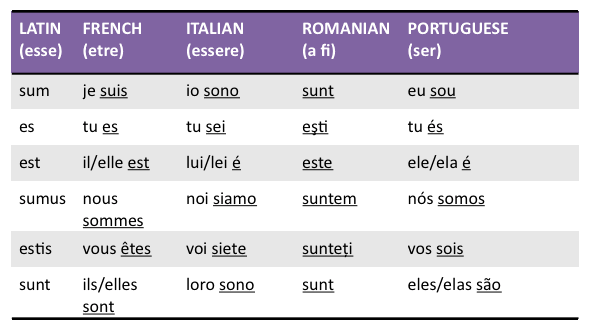

The perfect passive participle is formed from the fourth principal part of the verb.The perfect passive participle is most literally translated into English as "having been verbed." Ex.) amatus = "having been loved." When the perfect passive participle has more adjectival force than verbal force, it can be translated simply as the English past participle "verbed." Ex.) amatus= "loved" or "beloved.".Moror, morari, moratus sum, to delay morans, morantis, delaying Even deponents have present active participles.In Latin, the present active participle is formed by taking the present stem, the usual vowels, and - ns, and it is declined as a regular third declension adjective.A notable exception is sum: Latin has no word for "being." Almost all verbs have a present active participle.The present active participle translates into English as the verb ending in "-ing": "love" becomes "loving.".(The future passive participle is not a true participle, but actually the gerundive used as a future passive participle.) There are four participles in Latin: the present active, the perfect passive, the future active, and the future passive. The first person M is more often an O in most verbs in the present tense but will become M again in other tenses.The participle is a verbal adjective: a form of the verb that acts like an adjective. You should also make sure to remember these endings, -M, -S, -T, -MUS, -TIS, and -NT.

The only other issue here has to do with ESS which would just be a double S sound that people would probably been happy to just say a simple ES and move on with their lives. Eventually that U sound got too big and it drowned out the E sound at the beginning and people stopped saying it. If you try to say these as is you will find yourself automatically inserting an " oo" sound between the S and the M or N. Now if we consider the fact that the original base of the verb was ES, and we attempt to add our endings to just a bare ES we get this, M changes to MUS, S changes to TIS, and T changes to NT. You should also notice that while we do use a different form for the plural, it is similar to the singular form. English only has a total of three forms, Latin has a total of Six. You should notice that while in English we use "you are" for both singular and plural in Latin we use two different forms. In Latin however, we need a different form for each. Now in English we have just one form, Are, to take care of all plural forms. The S characterizes the You form and the T characterizes the He form. Now the M in the Am is fine, we can just link that in our minds to the M in Sum.Īs we see above, in older English the letter T was for the You form and the S was for the He form. If you are familiar with older English this should be easy to see the link. Like most Copula verbs in most languages, ESSE is irregular however it is still very simple to learn. The most common one in usage is ESSE which we will explore here in the present tense. There are several verbs in Latin that mean the same or about the same as the BE verb in English.


 0 kommentar(er)
0 kommentar(er)
